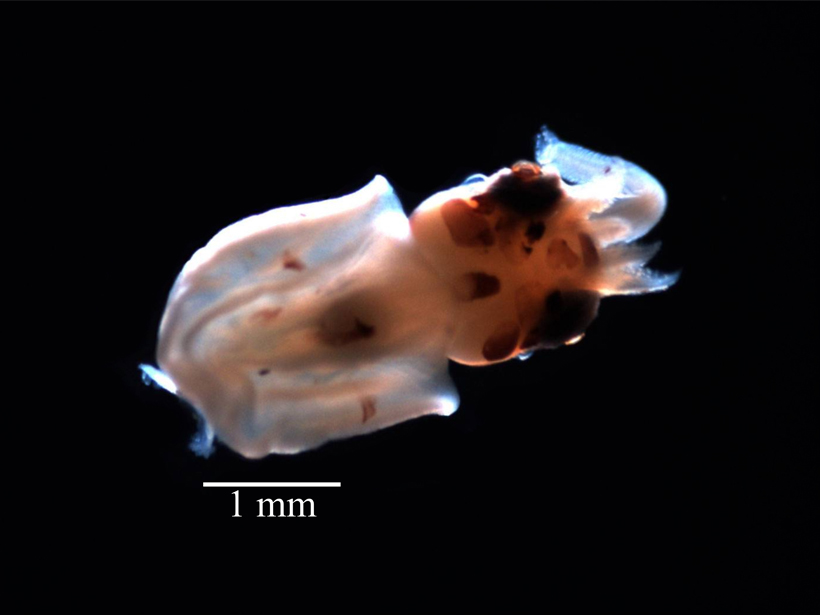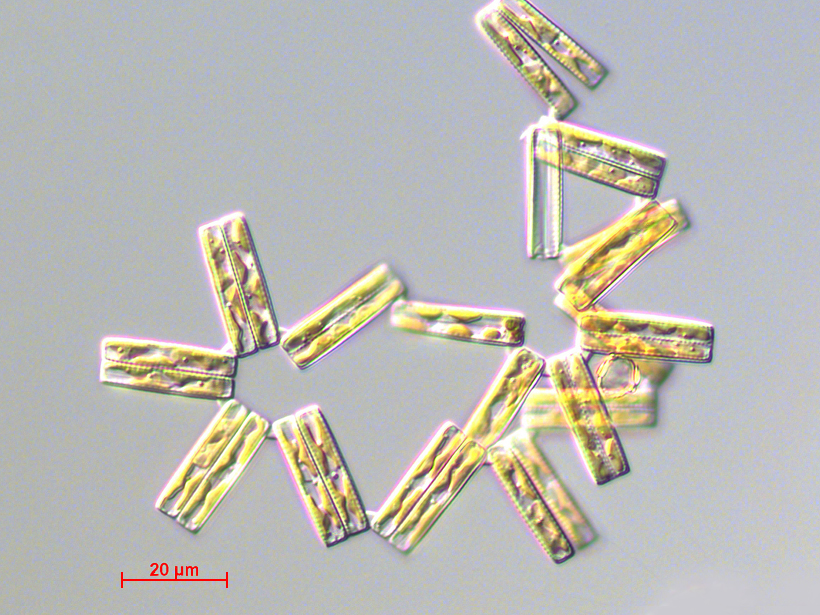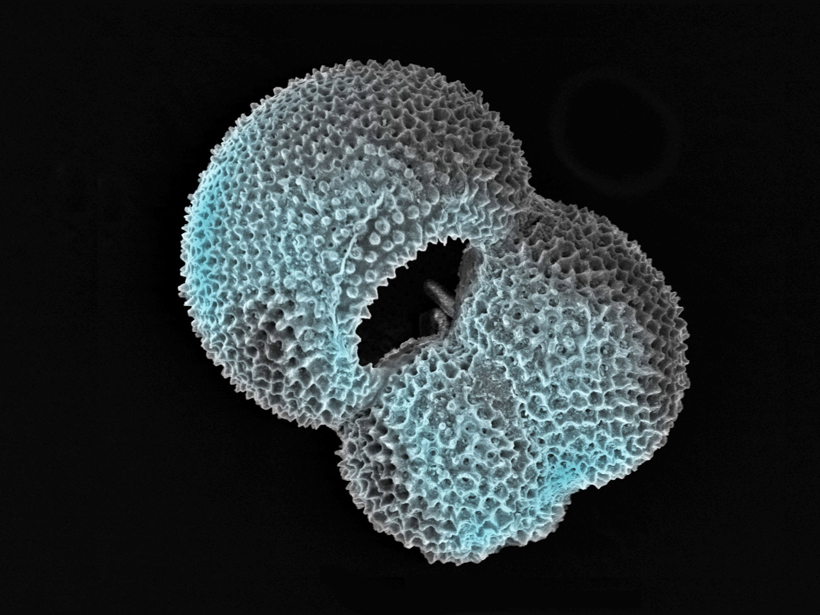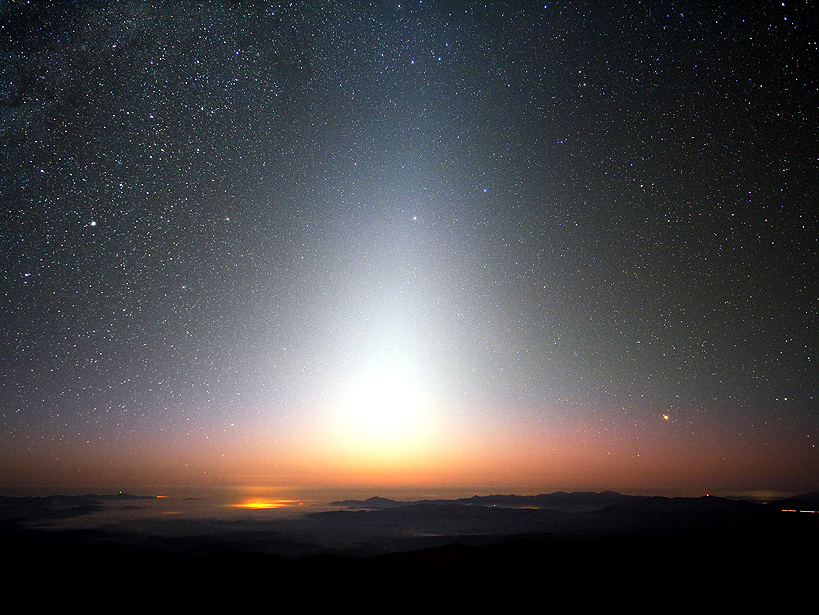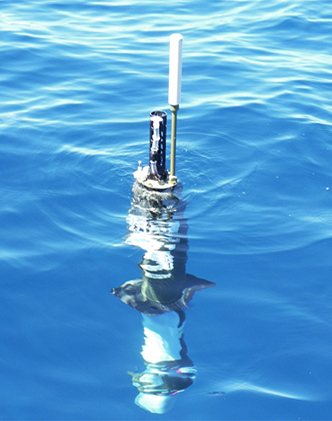An expanding zone of shallow, oxygen-depleted water in the eastern tropical Pacific Ocean may be vertically restricting the habitat of this important source of food, according to a recent study.
plankton
How Oceans Could Change If We Reverse Anthropogenic Warming
A computer simulation shows a net increase in primary production by phytoplankton if climate change were mitigated by 2200 but also indicates big changes in the makeup of those species.
An Unprecedented View of Biogeochemistry off India's West Coast
Yearlong study reveals seasonal changes in oxygen levels, nutrient availability, and plankton growth.
New Technology and Teamwork to Tackle Ocean Color Radiometry
International Ocean Colour Science Meeting; San Francisco, California, 15–18 June 2015
Plankton Reveal New Secrets About Ancient CO2 Levels
An analysis of phytoplankton shells doubles previous estimates of the amount of carbon dioxide in the atmosphere 11 million years ago.
Correlating Monsoon Strength with Boron Isotopes
Scientists tell the story of the past monsoon by measuring boron isotopes in organisms in the Arabian Sea.
Hacking a Climate Satellite to See Beneath the Ocean's Surface
When NASA launched its CALIPSO spacecraft, the space agency did not intend to estimate phytoplankton populations.
Shooting Stars and Cosmic Dust Help Form Clouds, Fertilize Plankton
Tons of cosmic dust enter Earth’s atmosphere each day, triggering a range of phenomena that scientists are only just beginning to understand.
Circulation a Key Factor in Mediterranean Algal Growth
Scientists use satellite and robotic field data to study the environmental conditions driving phytoplankton blooms in the northwestern Mediterranean Sea.

